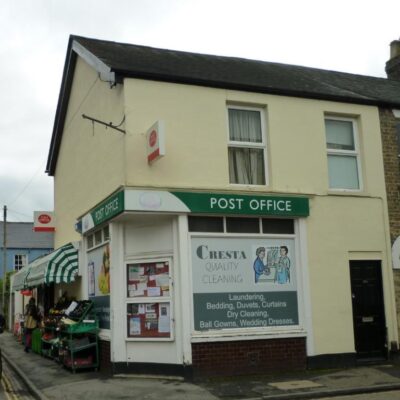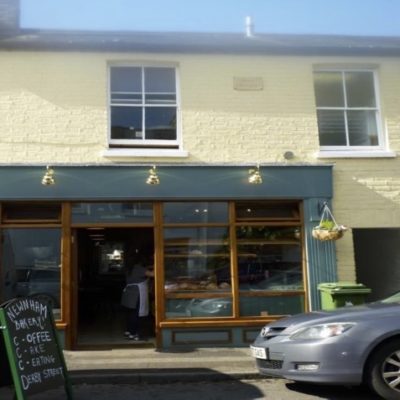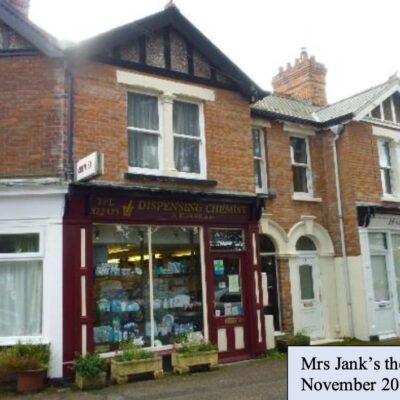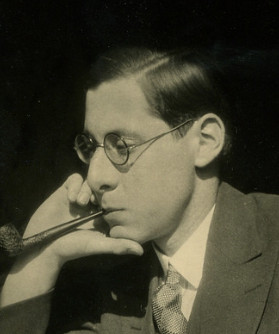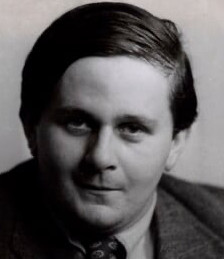Search by topic
- archaeology
- Building of Local Interest
- chapel
- charity
- church
- crime
- dressmaker
- fire
- Great Eastern Railway
- Listed building
- Mapping Relief
- medieval
- oral history
- poverty
- Public House
- Religious House
- Roman
- scholar
- school
- Then and Now
- tudor
- women
- work
- world war one
- world war two
Search by text

The Stinkpipes of South Newnham
Victorian engineering prowess allied with aesthetic concern
The Great Stink of 1858, when it reached the olfactory lobes of the Members of Parliament sitting in the House of Common, precipitated the decision that something must be done about London’s miasma. It was thus that the leading Victorian engineer Joseph Bazalgette was brought in to build a proper sewerage system to contain and take the waste away from London. Sir Goldworthy Gurney for his part devised a series stinkpipes to follow the route of the main sewers. They had to be typically: 6 inch /150 mm diameter; 20-25 feet / 6-8 metres tall, tall enough for the wind to disperse stray- ing gases above and away from the noses of the Victorians. As one website author describes it, “the gases they [the stink pipes] ventilate is a delightful cocktail that includes methane, hydrogen sulphide and ammonia – all flammable, all smelly”.
Recently in London, when it transpired that neither Lambeth Council nor Thames Water knew the whereabout of the 158 stinkpipes in their area, Clapham Historical Society decided in 2006 to help the ‘hard-pressed’ authorities by running a light- hearted Easter Hunt of ‘Spot the Stench Pipe’. It would appear that by default stench or stink pipes are still in operation, but often not well maintained or even neglected.
Cambridge has its stinkpipes, too, and these remarkable relics of that era of innovative engineering and evolving hygiene standards are still operational. Maintained by Anglian Water, who make sure from time to time no birds have built their nest in the crown, the stinkpipes continue to fulfil their function of venting the sewers of Cambridge. Anglian Water, too, are rather ‘hard-pressed’ when it comes to frequency of maintaining the paintwork of all their Victorian legacy!
South Newnham sports at least four cast iron stinkpipes which, though rather rusty now, were probably in pale green. They share the same style crown and three have fluted bases. One would suppose they were put in as part of the same installation project.
Read More
Contribute
Do you have any information about the people or places in this article? If so, then please let us know using the Contact page or by emailing capturingcambridge@
License
This work is licensed under CC BY-NC-SA 4.0





